Home > Climate News >
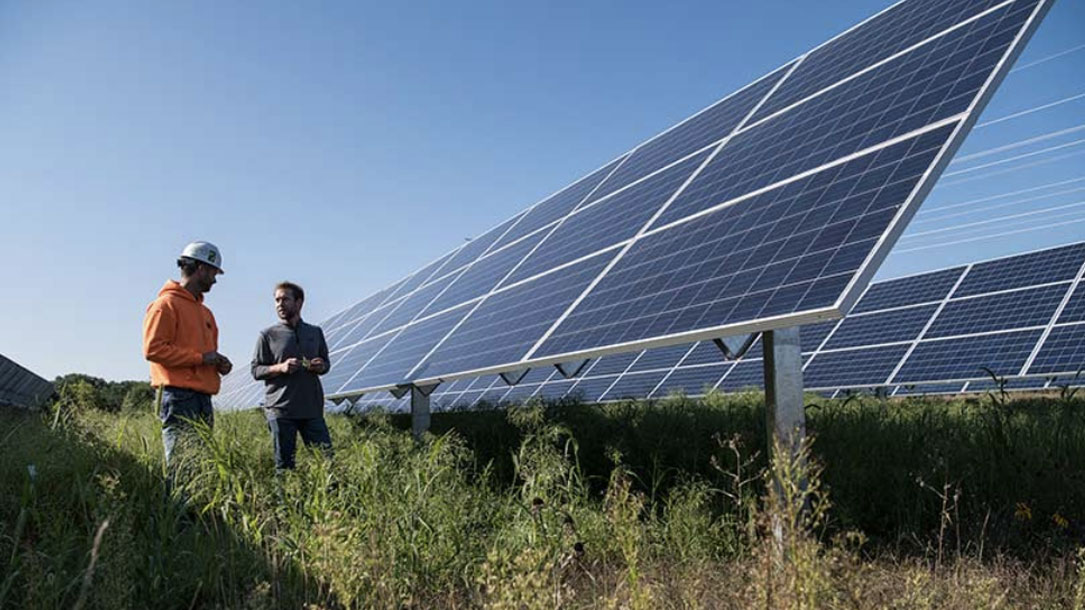
Beneath solar panels, the seeds of opportunity sprout
“On a humid, overcast day in central Minnesota, a dozen researchers crouch in the grass between rows of photovoltaic (PV) solar panels. Only their bright yellow hard hats are clearly visible above the tall, nearly overgrown prarie grasses—which are growing exactly as expected.
Bent over white, square frames, some of the researchers catalog the number and type of native plants growing on a square foot of land. Others press double-forked meters into the ground, measuring the soil moisture below the solar panels and in open ground. Nearby, beekeepers check on the health of local hives.
Their research is part of an ongoing study to quantify the benefits of a new approach to solar installations: low-impact solar development…”

Panel discussion: Integrated Energy Research on Agriculture & Water Challenges
Check out these slides from this detailed panel hosted by the Joint Institute for Strategic Energy Analysis just a few weeks ago…
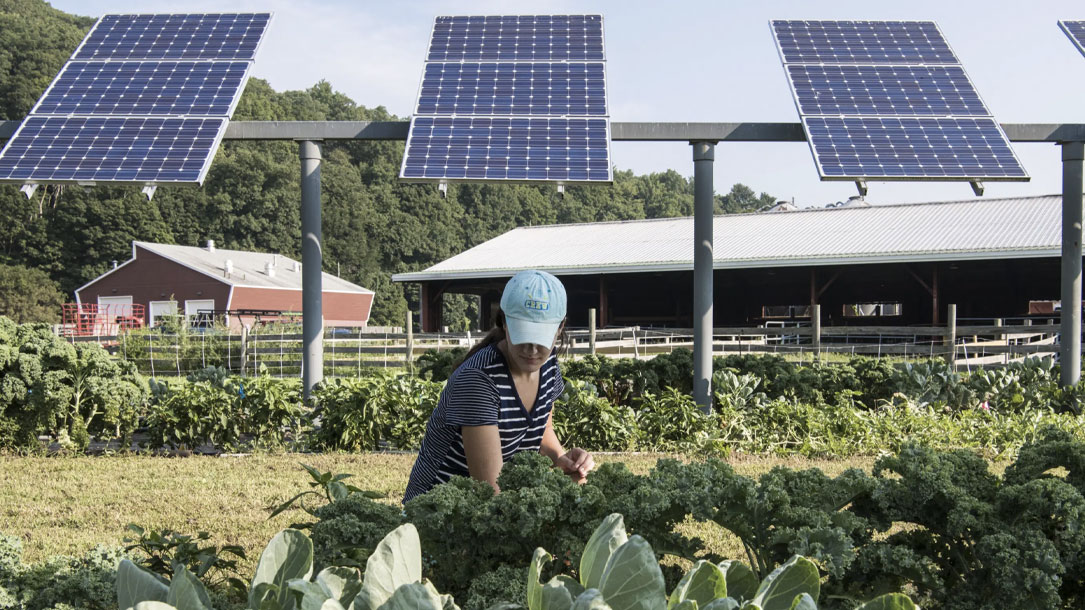
Can farmland fix solar power’s real estate problem?
Rooftop panels are great, but there just isn’t enough viable rooftop space for solar to take a meaningful bite out of carbon emissions in the US. For that, the country needs utility-scale solar farms, which can take up a lot of space—they could occupy an area the size of Connecticut by 2030, according to the National Renewable Energy Laboratory.
There needn’t be a trade-off between crops and electrons, [Chad] Higgins said; they can grow in tandem. Elevated solar panels installed above crops (so-called “agrivoltaics”) can provide an extra income stream for farmers if they lease the space for them to solar companies. And they can yield benefits for the farm itself: the shade can actually boost the yield of vegetables, decrease water consumption, and preserve the ability of soil to absorb CO2 from the atmosphere, according to an ongoing National Renewable Energy Laboratory (NREL) study. The study’s pilot sites have also found ways to combine solar with cattle and goat grazing, as well as apiaries for bees…
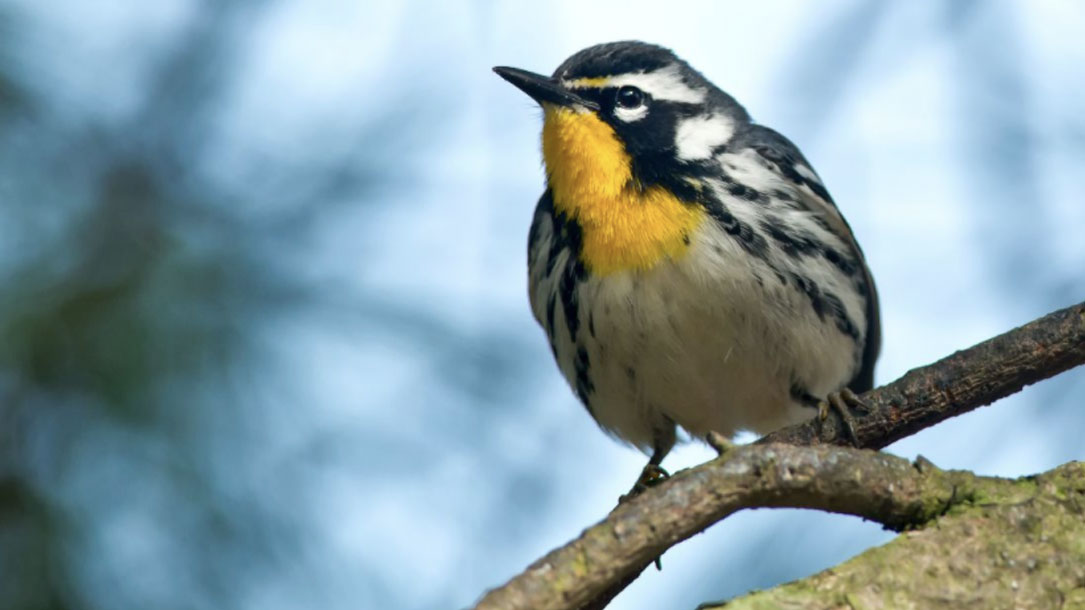
Free 3-week series for land trusts to address climate change
Addressing climate change is a high priority among Wisconsin land trusts. In this three-week series, explore roles your land trust can play in slowing climate change and adapting to changes that we are already seeing on the landscape.
Sessions topics:
Framing the challenges and opportunities; leveraging tools for climate resilience strategies; developing carbon markets
In order to maximize your learning experience, they recommend you sign up and participate in all three sessions. Get the most out of the learning cohort, including resources for learning between sessions.
Session information:
Cost: FREE
Dates: Thursdays February 18, February 25, and March 4, 2021
Time: 1:30–3:00 p.m. CST

Saving Land magazine: Looking to the land to mitigate climate change
Recent reports that the planet had its hottest four years on record highlight the need for accelerated work to keep global warming below critical tipping points. While nations shift to carbon-neutral economies, Earth’s forests, grasslands, wetlands and soils can help reduce atmospheric carbon dioxide (CO2) levels. “Land trust work is more vital than ever,” says Kelly Watkinson, Land and Climate Program manager at the Land Trust Alliance, “because improved conservation, restoration and land management actions enhance the capacity of natural systems to absorb and hold carbon.”
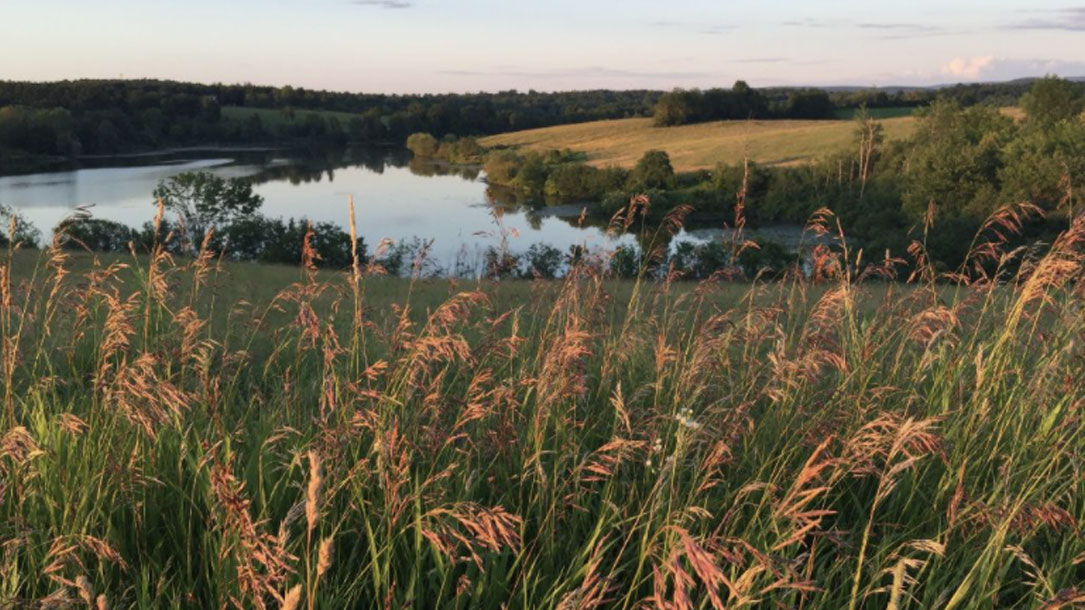
Looking to land to mitigate climate change
Two [fairly] recent studies affirm the potential of natural ecosystems to scale back atmospheric CO2. New research published in Nature this January cites the “unexpectedly large impact” that forest management and grazing has on the planet and atmospheric carbon. “We have forgotten half of the story up to now,” lead study author Karl-Heinz Erb told The Washington Post…
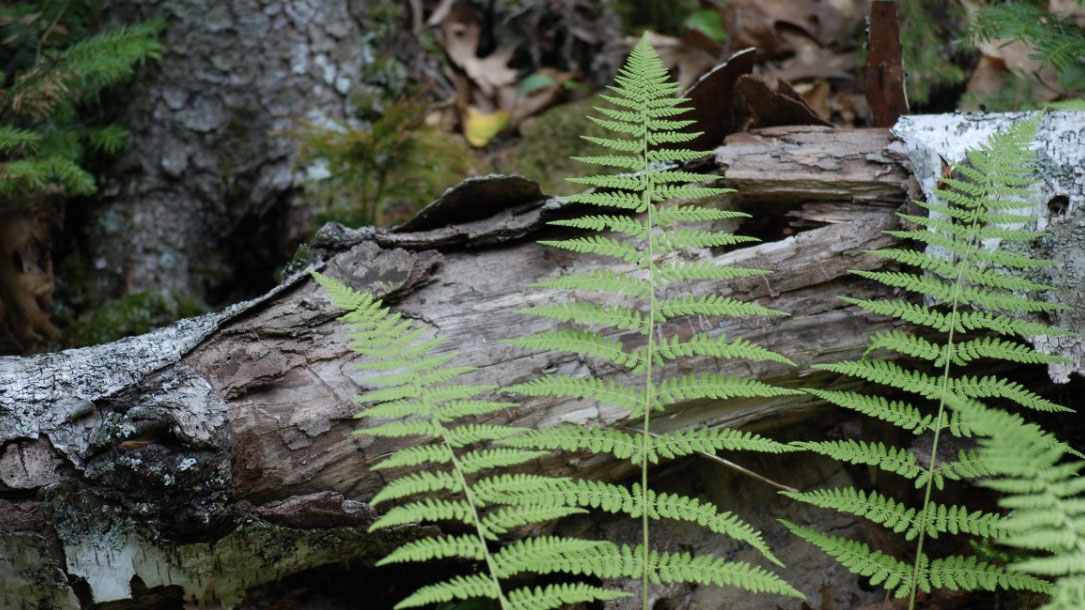
Carbon Offsets in Conservation Easements: The Essentials for Land Trusts
With the New Year approaching, it’s the perfect time (in January) to contemplate what you and your local land trust can do to help slow down climate change.
This 2020 publication offers practical guidance to land trust practitioners on drafting conservation easements to (1) allow the development of carbon offset projects; and (2) convey or clarify the ownership of the carbon offsets generated by such a project. For a more holistic overview of carbon offset projects, see the Alliance’s Carbon Markets: Are They Right for Your Land Trust? publication.
Price for dowload:
Alliance Member: free
Non-Member: $18

Conservation group plots solar potential for retired Appalachian coal mine land
In 2016, Wells [the regional director of community and economic development for Appalachian Voices] spearheaded the formation of the Solar Workgroup of Southwest Virginia to figure out how to incorporate renewable energy into an economic transition in the state’s seven coalfield counties.
It’s a coalition of nonprofits, community action agencies, colleges, state agencies, and planning district commissions. Workgroup members are in the midst of jump-starting more than a dozen rooftop solar projects stalled by a number of obstacles.
“The notion of solar farms being part of a reclamation plan has been flirted with for years and years,” said Wells, a Wise County native…
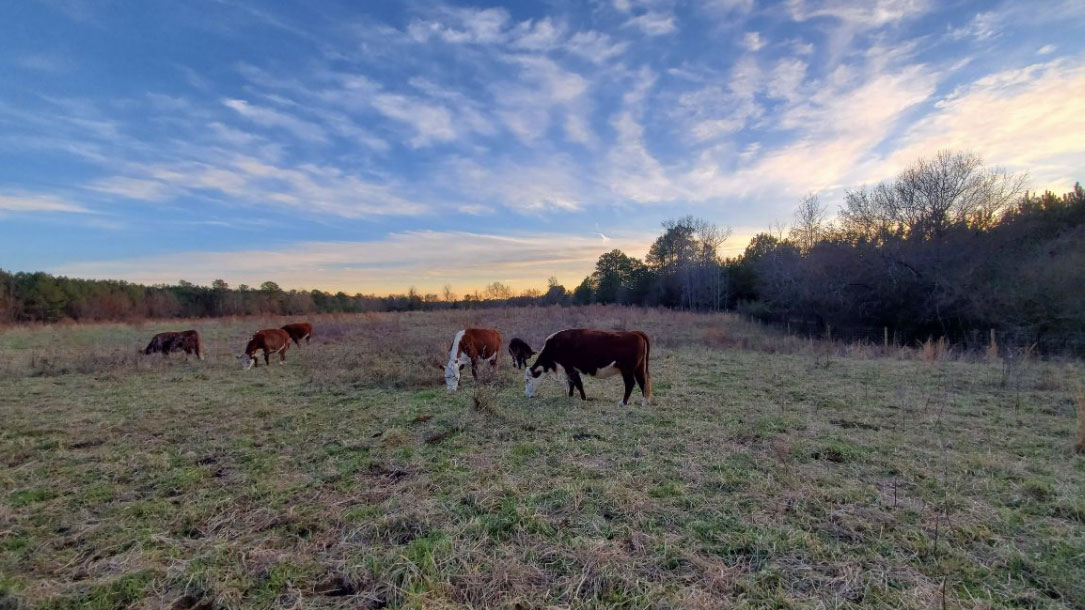
Farming to mitigate the effects of climate change
Land trusts are increasingly talking about how managing soil carbon can boost production, reduce greenhouse gas pollution, and increase water quality. If your land trust works in farm or ranchland protection, having conversations with farmers and ranchers around their management strategies for climate change—and the bottom line—can be very compelling.

Drawdown Review: 10 Key Insights
The Blue Mountain Land Trust is a small land trust serving Washington and Oregon State landowners across ten counties: Walla Walla, Columbia, Garfield, and Asotin counties in Washington; and Baker, Grant, Wheeler, Gilliam, Morrow, Umatilla, and Union counties in Oregon.
Since Project Drawdown was published in 2017, they have reprinted selected chapters of the book in every issue of their newsletter, Blue. In the last three years, our readers have learned how regenerative agriculture, managed grazing, silvopasture, tree intercropping, perennial cropping, reduced food waste, and other practices to decrease the emission of greenhouse gases (largely carbon dioxide) into the atmosphere and/or draw these gases out of the atmosphere and store it.
Check out this issue, as well as their past issues, for inspiring ways to help motivate your community to take action (without having to be the expert).












